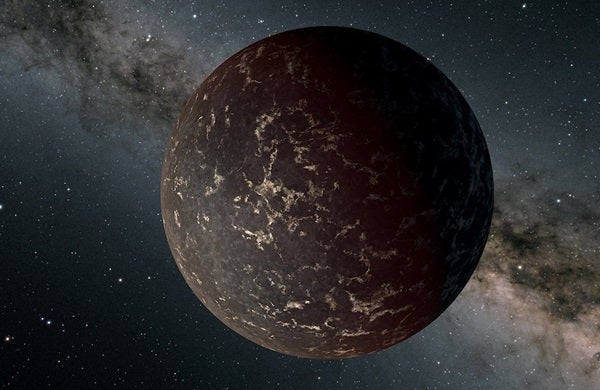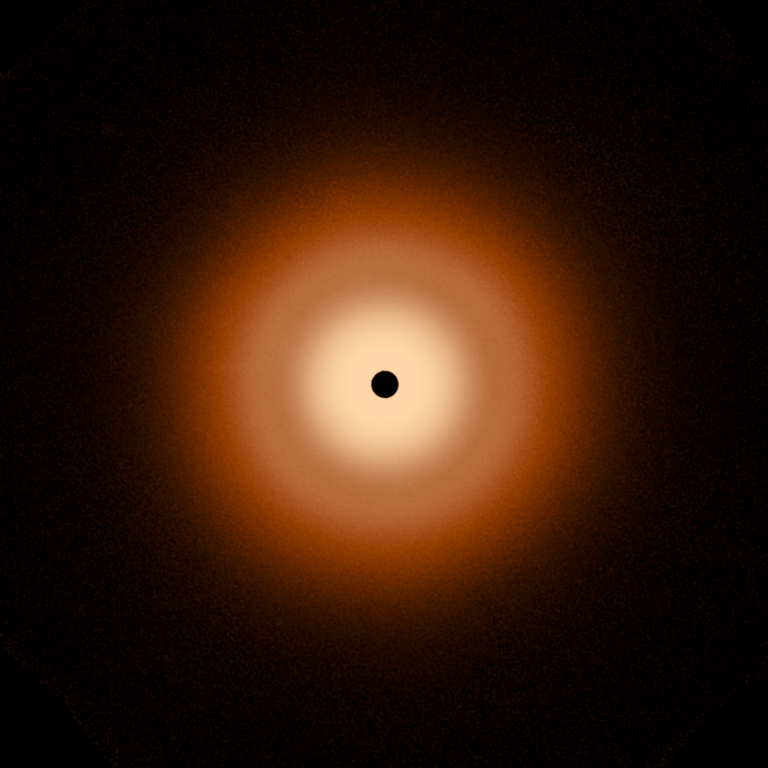What’s in a world? Astronomer Laura Kreidberg doesn’t know, but she’s dying to find out.
Kreidberg, 33, focuses on exploring the clouds of alien worlds to help astronomers analyze and catalog their astounding diversity, history, and, just maybe, inhabitants. She serves as founding director of the Atmospheric Physics of Exoplanets (APEx) Department, established in 2020 at the Max Planck Institute for Astronomy in Heidelberg, Germany.
Over the years, Kreidberg has observed and characterized numerous unique exoplanetary atmospheres. Highlights include TRAPPIST-1 c, a Venus-like world that orbits its red dwarf star every 2.4 days; WASP-12 b, a hot Jupiter with a temperature of 4,000 degrees Fahrenheit (2,200 degrees Celsius) that’s being torn apart by tidal forces; and GJ 1214 b, the first super-Earth around which an atmosphere has been detected. The list goes on.
“Similar to children,” Kreidberg jokes, “you cannot pick a favorite exoplanet. That’s kind of bad form. But at the moment, my favorite planet is LHS 3844 b. This is a hot rocky planet that I studied with the Spitzer Space Telescope, and we inferred that the planet actually has no atmosphere at all,” a first-of-its-kind find.
For now, though, Kreidberg, along with the broader astronomical community, is eagerly awaiting future data releases from the gold-plated mirrors of the James Webb Space Telescope (JWST).
Unlike Hubble, which is only sensitive to select few molecules like atmospheric water and sodium, “James Webb will have really broad wavelength coverage that will allow us to access the whole spectrum of molecules that we think are [in the atmospheres of exoplanets],” says Kreidberg. “That will help reveal whether rocky planets have atmospheres, and maybe provide broad-brush breakdowns of what they are made out of.” But Kreidberg cautions that detailed analyses of the biosignatures for life — such as oxygen and carbon dioxide — will likely remain out of reach for JWST, as determining precise compositions will require even more advanced telescopes in the future.
Although Kreidberg has already secured JWST observing time for a few of her own targets, such as TRAPPIST-1 c, you can be sure she will also be sifting through any other exoplanetary data she can get her hands on. That’s because, Kreidberg says, she often begins with the question: “ ‘What can I observe?’ And then my question is: ‘Why is that interesting?’ So, a lot of the creative part of the work is crafting the story of why the planets we can observe are interesting and what we can learn from them.” After all, she says, “Beggars can’t be choosers, so I sort of take what I can get.”
“I think we can learn really fundamental things about planet formation and atmospheric chemistry and physics from all types of planets,” she says, even if they don’t make headlines.
Make sure to explore our full list of 25 rising stars in astronomy. Check back each week for a new profile!
To get the latest astronomical news and observing content delivered directly to your door, subscribe to Astronomy magazine today!











